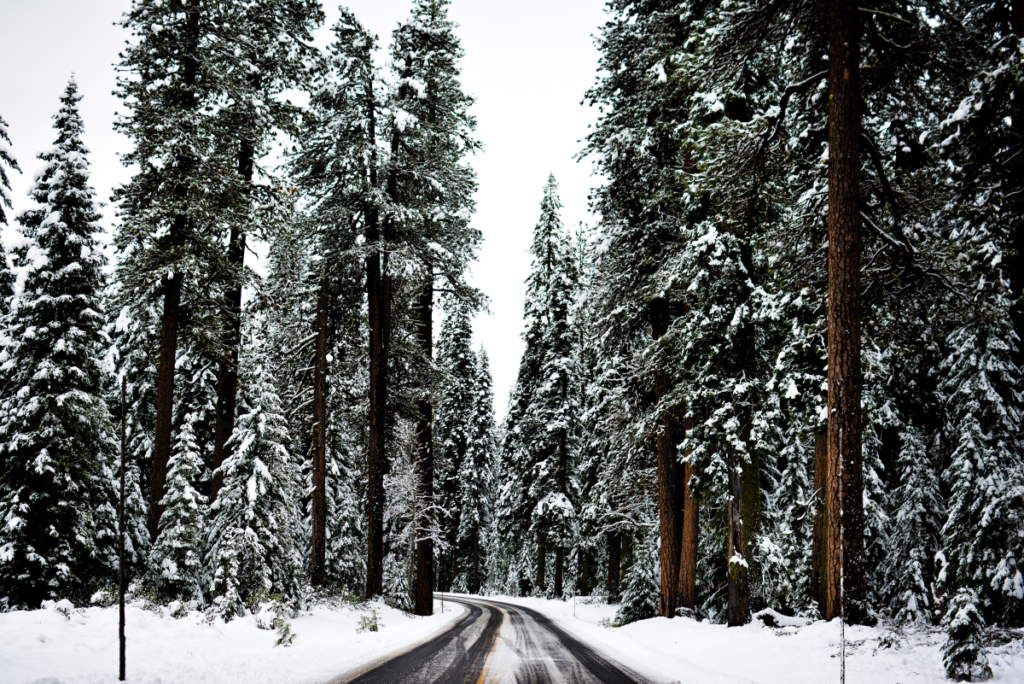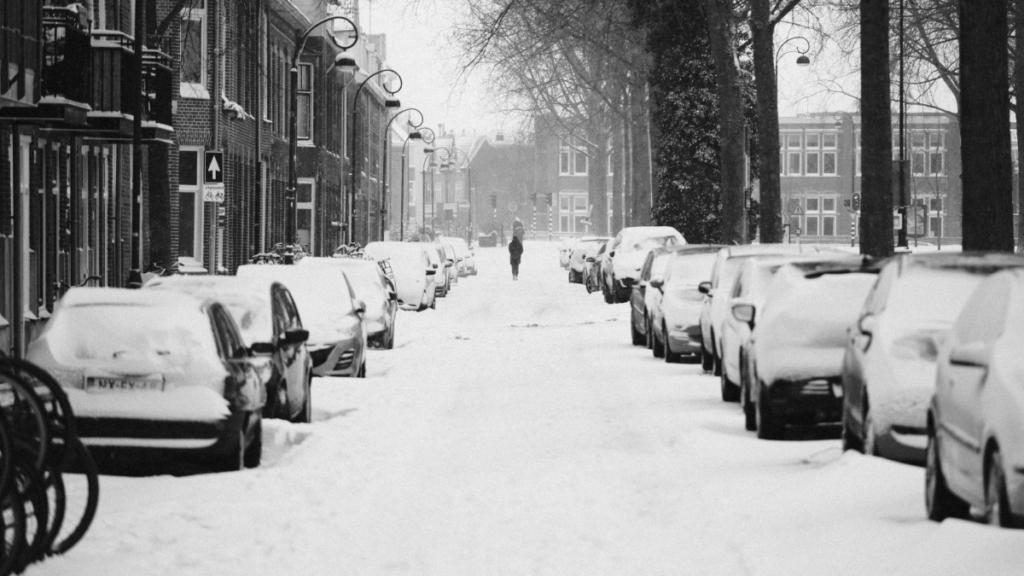An Informative Guide to Surviving Winter in the States
Winter in the northern areas of the United States can be both the best of times and the worst of times. While you may spend some days frolicking in the garden building snowmen with your friends, others will be spent hunkering down at home, waiting out a bone-chilling snowstorm, or attempting to safely navigate your way on dangerous roads.
If you enjoy vaping and own any Alt vapes, it is worth researching how they operate in colder weather and taking any necessary safety measures needed to protect the device battery from malfunctioning.
Prepare Your Car
As much as you may try to avoid it, you will have to leave your home periodically through the winter months. The last thing you want to do is sit on the side of the road with a malfunctioning vehicle that is unable to handle the harsh weather.
Alongside packing an emergency survival kit, it is crucial to have your car thoroughly checked before the weather takes a turn for the worst. Have a professional check the battery, the fuel lines, the tires, and any existing issues you may have. Furthermore, keep your tank full as much as possible should you become stranded, stuck, or lost longer than anticipated.
Stock Your Pantry
When advised to stock your pantry, it doesn’t mean you need to rush to the store in a panic to buy all the milk and bread you can see. Stocking a pantry for adverse winter weather involves purchasing non-perishable food like pasta, sauce, rice, canned goods, long-life milk, toiletries, and safe bottled water to keep in your home.
Furthermore, you should purchase any essential medicine you regularly need and pet food if you are an animal owner. Ideally, you should have enough food to keep you going for at least three days, and should the power go out, you can store frozen food in coolers outside.
Build a Survival Kit
Weather of any kind is unpredictable. And during winter, it is best to be overly prepared than caught off-guard. Should you find yourself stranded on the roadside with a faulty car or hindered by an unexpected snowstorm, having an emergency survival kit on hand could be the difference between life and death.
While you may want more specific items to fit your personal needs, including necessary medication or devices, any survival kit should include a flashlight with extra batteries, one or two blankets, a fire starter kit, a pack of bottled water, jumper cables, and a portable phone battery with a charging cable. Keep your pack stored in the car, somewhere easy to access should you ever need it.

Invest in a Snow Shovel
It may seem like a fairly obvious item to have when living somewhere that regularly receives winter snowfall, but investing in a good-quality galvanized steel snow shovel is essential, even if you prefer to use a snowblower.
When shoveling driveways and sidewalks, most people tend to chop the ice with the shovel to make it easier to move. When using a plastic option, it will typically break fairly easily as plastic becomes more brittle when cold.
Remain Active
Despite the less-than-desirable weather, it is essential to remain active to some degree during the winter season. You can head out and do plenty of fun activities with the family, including ice skating, building snowmen, having a snowball fight, and finding the nearest hill for bobsleigh races.
But when the weather takes a turn for the worst and a nasty snowstorm rolls in, it is best to stay indoors and look for alternative ways to get your body moving. Hold an impromptu dance party or follow a beginner’s guide to yoga. It will keep you feeling better in the cold temperatures and is fantastic for your mental health.
Function Not Fashion
If you live in a part of the country where the winter weather becomes particularly hazardous, it is vital to dress for function rather than fashion. High-heeled boots, thin gloves, and a light jacket will not be sufficient to keep you warm while you are outside.
The most effective way to dress for winter is by layering. Stick to wool or synthetic materials that will wick moisture away from your skin while still keeping you warm. Building an outfit with layers allows you to add and remove clothes throughout the day to ensure you are neither too hot nor too cold. Ideally, your outer layers should be water-resistant and repel snow.
Comfortable, insulated boots with a grippy rubber sole will help you safely navigate dangerous ice while out and about and keep your socks and feet dry.

Plan For Delays
Anyone who has ever traveled in snowy conditions knows frequent delays, and longer commutes are a regular part of winter. Nobody is immune to these delays, from emergency services trying to reach an incident to a college student attempting to make their class.
Be sure to factor in the possibility of delays in your travel planning, leaving earlier than expected to reach work, class, and appointments.










Great tips, Mary! Happy New Year!